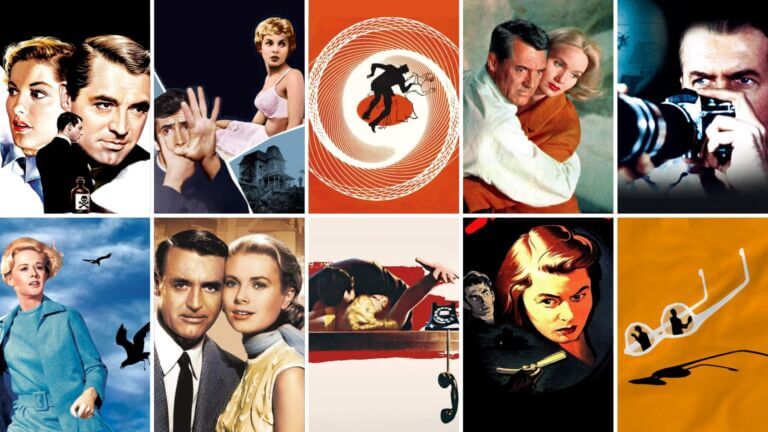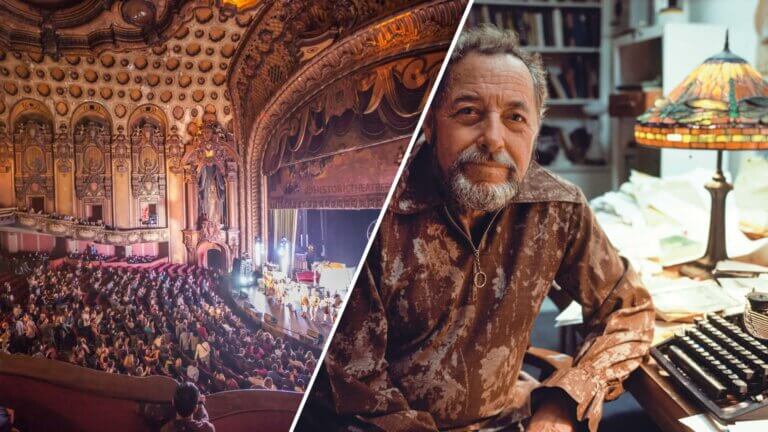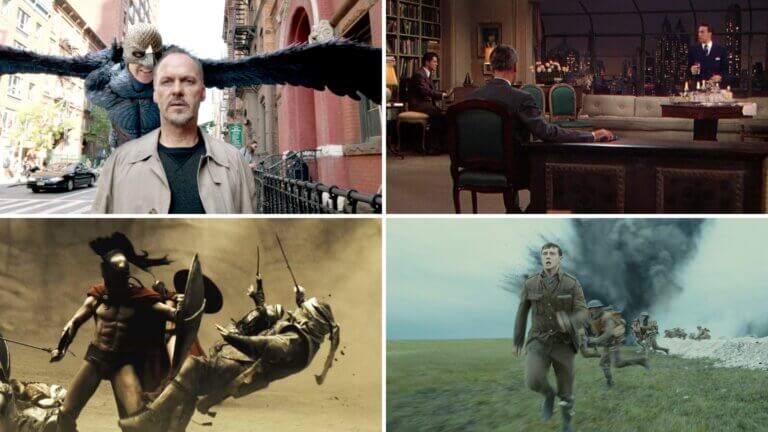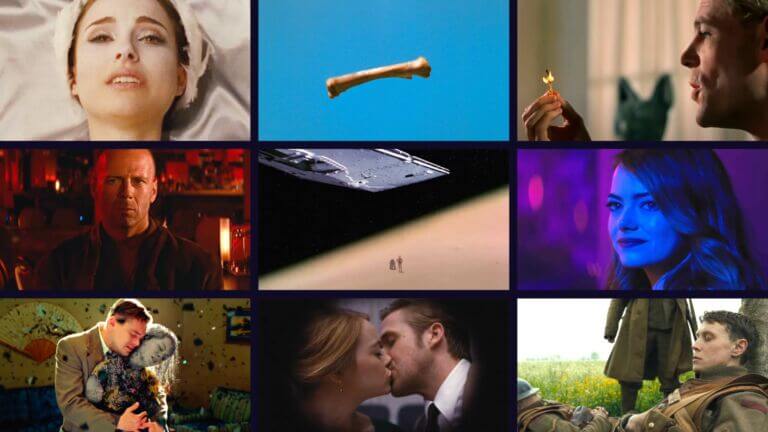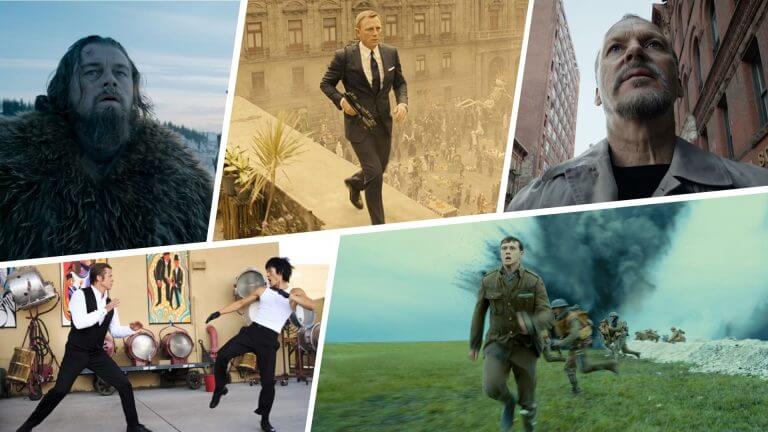Alfred Hitchcock is one of the all-time great auteur filmmakers. His films can be explained in the simplest of terms: You know it when you see it. Over 55 years, Alfred Hitchcock directed dozens upon dozens of films, some of which have joined the pantheon of the greatest movies in cinema history. In this article, we’re going to rank the 30 best Alfred Hitchcock movies based on these four criteria: legacy, suspense, filmmaking, and story.Continue reading 30 Best Alfred Hitchcock Movies Ranked for Filmmakers
Dramatic irony is one of the three main types of irony. Like verbal and situational irony, dramatic irony is an integral element of storytelling. The power a writer or director can yield with a firm grasp of dramatic irony is huge. But what is dramatic irony and how does it work? In this article, we’re going to define dramatic irony. We will also discuss the stages of dramatic irony and a subtype called tragic irony. By the end, you'll know how to implement dramatic irony in your own works. Continue reading What is Dramatic Irony? Definition and Examples
So you’re ready to learn about a new script writing format! If you’re familiar with one or the other — stage plays or screenplays — then you’re halfway there to understanding the other. If not, don’t fret, it may just take a little more time to master the basics. We’re going to show you everything you need to know about play script format; with all the tools and templates you’ll need to get started. But first, let’s review the terms.Continue reading How to Write a Play Script Format Explained with Examples
Editing is one of the most fundamental processes of filmmaking. Many call it the last rewrite of a film in which the film truly comes together. So how do you create a movie without normal post-production editing? Through in-camera editing of course. In-camera editing may seem like a disadvantageous technique. However, the popularity of the one take look found in acclaimed films like Birdman and 1917 have made many wonder, what is in-camera editing?Continue reading What is In Camera Editing — Techniques for Photo and Video
Video transitions are used in just about every film and video – and they play an enormous role in the subliminal or liminal effects of moving from shot to shot. As such, knowing when and how to use specific types of editing transitions in film – like wipes, fades and pans – can make your project better than ever before. We’re going to break down a variety of different types of editing transitions in film with examples from cinema history. By the end, you’ll be ready to apply video transitions in your own works!Continue reading Types of Editing Transitions in…
Creating one moment that stands out in the minds of the viewer after your film or tv show ends can be hard, but it is possible. The long take is one way to do it. Today we’re going to go over the best long takes in film and television. Continue reading The Best Long Take Shots & How They Push the Story Forward
